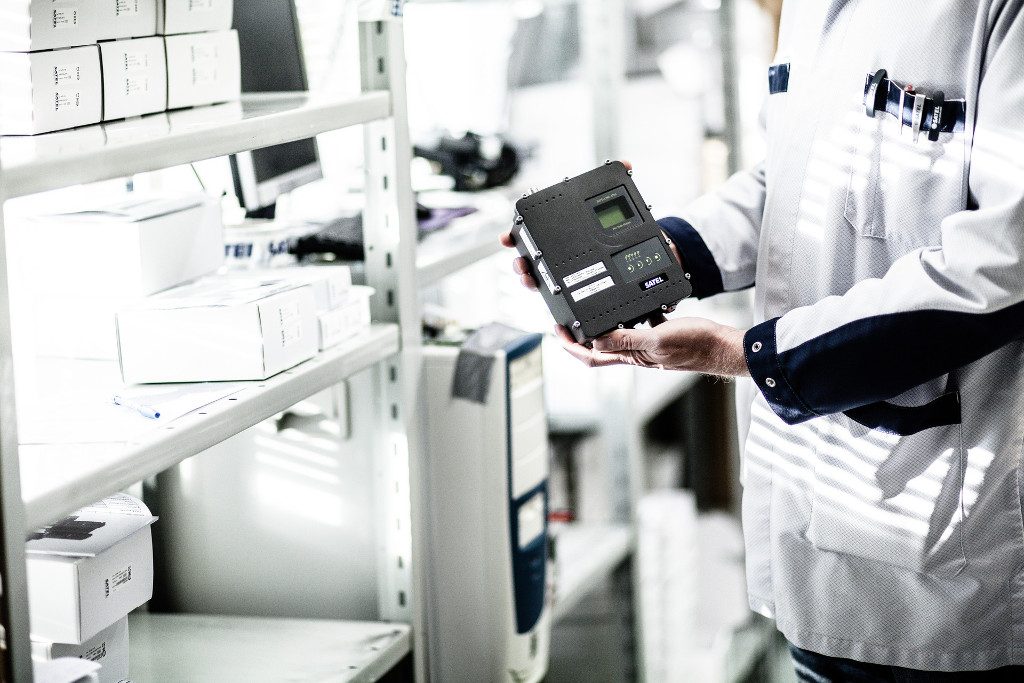
At Satel USA, we’re excited to share some groundbreaking developments from SATEL that we’re bringing to you. For SATEL, research is essential, fueling the evolution of communication networks and ensuring they remain at the forefront of innovation. Through their SWARM project, SATEL is developing advanced technology for autonomous construction equipment.
What is SWARM Project:
The Autonomous Low-Emission Swarm of Infra Construction Machinery (SWARM) project, in collaboration with the University of Oulu and industry partners, focuses on creating remote and autonomous control systems for heavy construction machinery. SATEL’s smart combination of technologies ensures that autonomous and unmanned machine groups can operate without interruption, continuously transmitting essential information like safety signals.
As SATEL’s Head of Technology Heikki Keränen says, “In the SWARM project, SATEL’s interest is to seamlessly connect the different roles of the machinery fleet by means of transmission technology.”
The SWARM project has received funding from NextGenerationEU, highlighting its importance and potential impact.
Why it Matters to You:
- Increased Efficiency: Autonomous systems help reduce downtime and keep your projects running smoothly.
- Improved Safety: Continuous, reliable connectivity means safety signals are always transmitted, minimizing risks on-site. Keränen highlights, “Through ongoing research, SATEL can develop more reliable, and secure high-performance connectivity solutions, meeting the ever-growing demands of the off-highway vehicle industry and application.”
- Smooth Operations: Enhanced coordination between machines prevents collisions and unnecessary delays.
SATEL’s smart combination of Wi-Fi, Mesh networking, and 5G, along with their private radio technology, ensures your equipment operates flawlessly. This innovative approach not only makes your work easier but also enhances the overall efficiency of your projects.
At Satel USA, we’re proud to distribute these radio solutions to help you achieve more efficient and safer operations with less hassle. Let’s make your next project more productive together—check out some of our SATEL radios for your next mission-critical operations!


